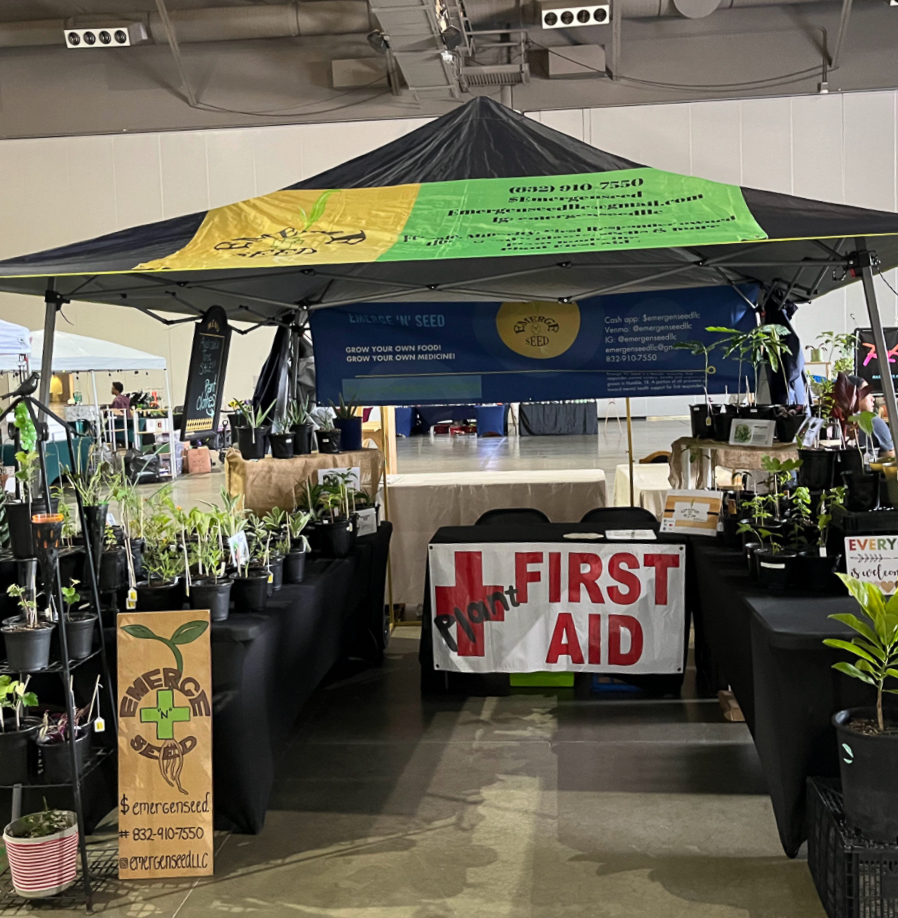Construct Tiered Greenhouses on Urban Apartment Buildings
My “idea” is quite idealistic in its self. In order to solve the efficiency problems of our daily lives, multiple solutions must be addressed simultaneously. To do so, my idea provides a possible solution to filter sewage/waste water, while producing food and energy in the process.
How it’s done:
Vertical agricultural systems, or tiered greenhouses atop city residential buildings, produce plants and possibly food using waste water from the same residential systems, or partially-filtered water from the treatment plant. Using hydroponics, or water-only, soilless agricultural techniques, the plants grown here will receive nutrients through organic waste found in the untreated water. The plants will simultaneously filter the water of pollutants through the process of hydroponics.
The remaining water travels at high speeds down pips into the city pipe systems that lead to treatment facilities. On its way down, the pipe’s bore will be condensed in order to increase the pressure of the flow of water. Additionally, the pipe will be fitted with a small turbine. Nothing that will power the entire city, but a small generator to be used in conjunction with the residential buildings’ power needs. Multiple hydroponic-hydroelectric treatment facilities operating on a number of residential buildings would reduce a substantial amount of wasted energy, produce and water previously unchecked by these buildings.
Although radical in design, this approach may offer a solution to our ever-increasing amount of waste issues. The water filtered through hydroponic practice could reduce the energy required to filter untreated water at water treatment facilities. In order to ensure maximum energy efficiency, the technique presented calls for sustainable electricity production to be carried out in the process of it all. Finally, an increase in locally-grown foods provides a more sustainable market in which local consumers will see more competitive prices for sustainably-grown local foods.
As always, government spending and individual investment in such projects is a concern. In order to ease the economic burden upon building owners and landlords, these projects could receive a government subsidy or even provide a tax deduction. Economic incentives are crucial when it comes to implementing any form of change to an economically or lifestyle-sensitive community. In addition, the energy produced by such installations may be used to reduce energy bills of the residence. With the money they save, they will most likely stimulate some other sector of the economy, encouraging further economic development in their community and their country.





















